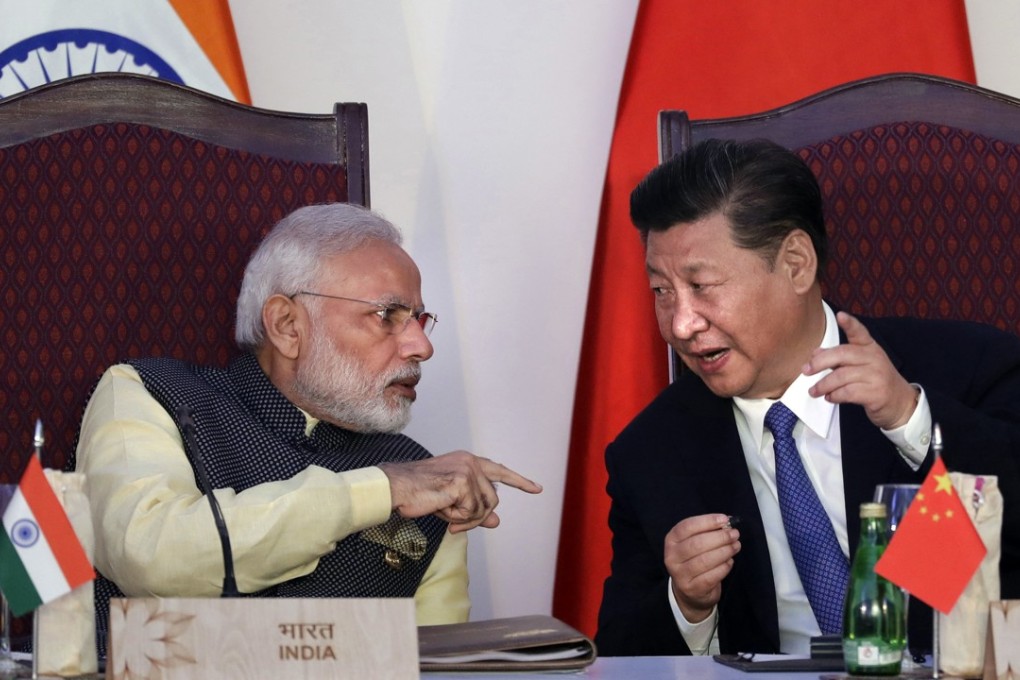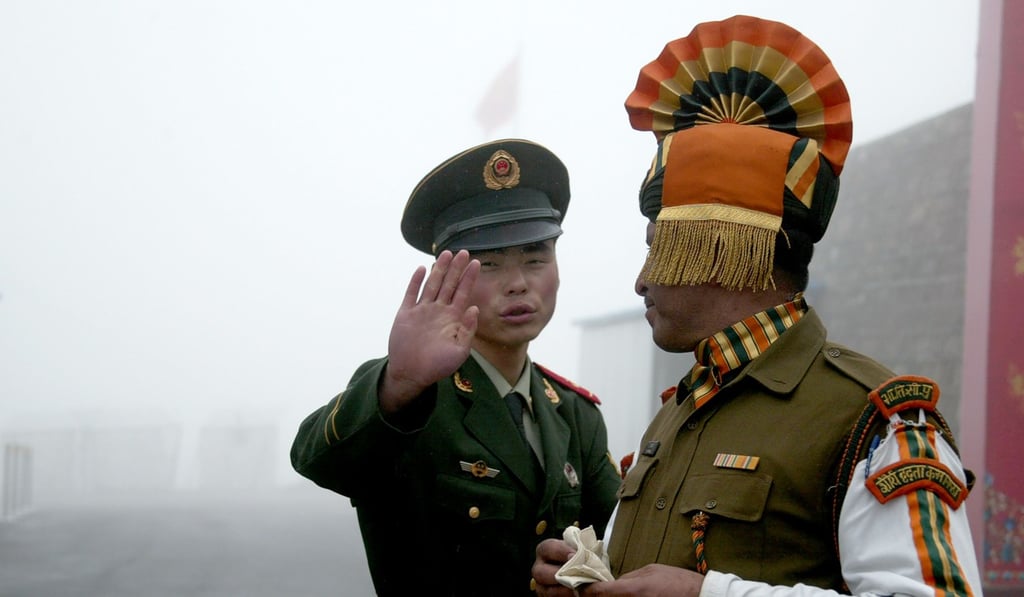Even with Modi back on board, China will find it hard to keep emerging markets club together
The end of the border dispute with India will be welcomed ahead of next week’s summit with other emerging markets, but strains between the widely divergent member countries are likely to continue

The confirmation that Indian Prime Minister Narendra Modi will show up in the coastal city of Xiamen next week has cleared a major obstacle to a “successful” BRICS leader summit – an event that China has been preparing for months to showcase its global influence.
However, a ceremonial summit may not heal deep cracks in the club of Brazil, Russia, India, China and South Africa.
The member countries’ economic and social differences as well as their varying diplomatic priorities will continue to test whether the group can stand as a new bloc to challenge the dominance of rich democracies, led by US, Germany and UK, in the global order, analysts said.
While China, with an economy bigger than the rest of the four combined, is trying to paint the bloc as an engine for global growth or even globalisation, the group’s fragility was laid bare in a tense border stand-off between China and India in the Himalayas, which was only resolved days before the summit.

The original term of BRIC was coined by Jim O’Neill in 2001 when he was the head of global economic research for Goldman Sachs.
Like other catchy phrases used by Wall Street to woo investors and the public – such as MINT, which refers to Mexico, Indonesia, Nigeria, and Turkey, and PIGS, a term referring to the troubled countries of Portugal, Italy (or sometimes Ireland), Greece, and Spain during the European sovereign debt crisis – it contains little geopolitical or institutional meaning.